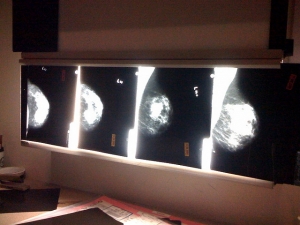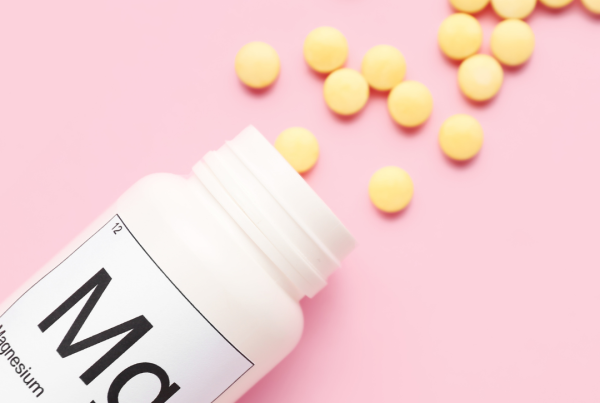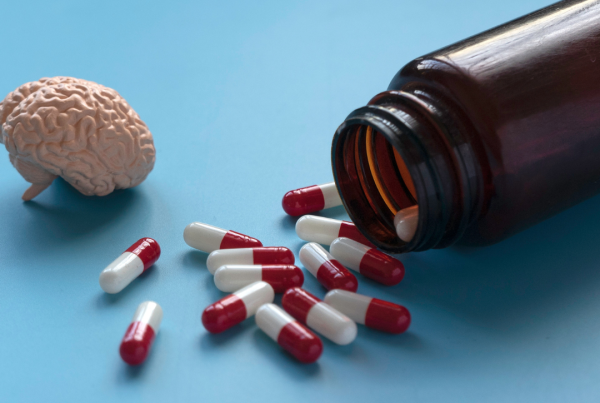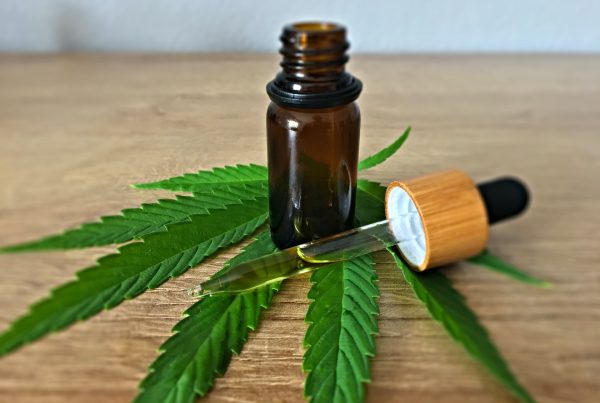This is the second part of breast cancer, what you need to know.
PREVENTION:
Estrogen Detox Diet for Estrogen Dominance:
Eat cruciferous vegetables like broccoli, cauliflower, cabbage, watercress and brussel sprouts at least 3-servings/day. They contain the Indole-3-carbinol (IC3) compound that helps break estrogen down and helps with detoxification. A study in China showed that consumption of cruciferous vegetables lowers the risk of breast cancer (8 ). A systematic review of published trials also shows that a Mediterranean diet, rich in monounsaturated and polyunsaturated fats, antioxidants and fiber, is associated with decreased risk of breast cancer risk. Foods high in antioxidant and phytonutrients are also highly beneficial and chemoprotective. Choose a wide variety of vegetables and fruits ranging from all different colors and groups allowing you to maximize your cancer prevention. Salmon, lean grass fed beef and poultry are also rich in omega 3 and also have anti-estrogenic effects.Limit food high is phytoestrogens like soy, flaxseeds, legumes, beans and alfalfa if you’re at increased risk for breast cancer as they may mimic estrogen production and stimulate tumor growth, although there’s confounding studies on this (5). Some studies actually have shown that flaxseed and soy actually have a protective effect and in China & Japan where soy is consumed regularly, less breast cancer is seen. In an NIH study, Asian women drinking more than 200mg of caffeine via coffee a day had increased estrogen levels while Caucasian women had less and African American estrogen levels were not statistically significant. More than one can of caffeinated soda, green tea was also increased to higher estrogen levels.
Breastfeeding lowers breast cancer
This is an important benefit that many people in developed countries are missing compared to developing countries due to our hustle and bustle lifestyle (6). Breastfeeding decreases amount of total lifestyle estrogen exposed to a women. There is an increased benefit especially if continued for 2 years. More and more people are seeing the added benefits of breastfeeding including burning over 500 extra calories throughout the day as well as immune-protection to infants and less exposure of allergens.
Physical activity reduces breast cancer risk.
In 1994, a study was published which interviewed 545 women who has been diagnosed with breast cancer and the amount of hours a week they exercised since menarche till diagnosis. It was concluded that physical activity is a modifiable factor that decreases overall lifetime breast cancer risk (7). Losing weight and total body fat also decreases the total amount of estrogen you are exposed to. Increasing lean muscle mass decreases the pathway converting testosterone to estrogen which happens when they is more body fat.
Supplements:
DIM (diindolylmethane)- DIM, found in cruciferous vegetables, alters estrogen metabolism protecting breast cancer. You have to eat a lot broccoli and kale to get these benefits so that’s why a supplement is good to add. It has been shown to inhibit breast tumor by decreasing new blood vessel supply to the tumor. (12)
IC3- Indole-3-carbinol (I3C) when given orally is converted to diindolylmethane (DIM) which is broken down by stomach acid. This suggests that DIM is the predominant active agent and that I3C is a precursor . Together, they have many anti-tumorigenic and anti-carcinogenic properties (8,9) .
Magnesium-There have been hypothesis by the University of North Dakota that there is a calcium: magnesium ratio that affects patients with breast cancer (10). Many people are deficient of this essential mineral so this is a good supplement to add. The only major side effect is diarrhea unless taken in extreme high doses, it’s one of the safe supplements to incorporate.
Curcumin- This is one of my favorite supplements to add. It is a great anti-inflammatory medication, and it inhibits cytokine and tumor necrosis factor all which are great in inhibiting cancer production and progression ( 11).
Omega 3 Fatty Acids-The powerful anti-inflammatory agent found mainly in many seafood, walnuts, legumes, and olive oil have been found to suppress cancer growth however doesn’t affect cancer outcomes. This is why this supplement has been advocated by many with minimal side effects. The higher the omega 3 fatty acid level, the risk of breast cancer decreases (13). Ensure you’re taking a good quality supplement with less preservatives and added chemicals as they can go rancid faster and actually become pro-inflammatory.
Milk thistle- Hormones are processed through the liver; therefore, this is good supplement to add to ensure proper detoxification takes place. The liver is the first place that takes an insult in “estrogen dominance and toxicity.” This is why it’s imperative to get the liver function at its optimum.
Fiber- Once the liver is functioning at it’s best, you need to ensure that the GI system is also doing it’s job at elimination. Fiber is good to add into the regimen for this reason. You want your bowels working just as hard to ensure proper full body detoxification!
Vitamin D- Vitamin D deficiency has been linked to numerous medical problems including increased falls, osteoporosis, depression, dementia to name a few. There has been a link in females with low circulating vitamin D levels and increased risk for breast cancer. This is one level you want your doctor to check out to make sure you’re at the appropriate level for you .
References:
1. Mark A. Helvie, M.D. Digital Mammography Imaging: Breast Tomosynthesis and Advanced Applications. Radiol Clin North Am. Sep 2010; 48(5): 917–929.
2) Arunoday Bhan, Imran Hussain, Khairul I. Ansari, Samara A.M. Bobzean, Linda I. Perrotti, Subhrangsu S. Mandal. Bisphenol-A and diethylstilbestrol exposure induces the expression of breast cancer associated long noncoding RNA HOTAIR in vitro and in vivo. The Journal of Steroid Biochemistry and Molecular Biology, 2014; 141: 160 DOI: 10.1016/j.jsbmb.2014.02.002
3 ) López-Carrillo L, Hernández-Ramírez RU, Calafat AM, Torres-Sánchez L, Galván-Portillo M, Needham LL, Ruiz-Ramos R, Cebrián ME. Exposure to phthalates and breast cancer risk in northern Mexico. Environ Health Perspect. 2010 Apr;118(4):539-44. doi: 10.1289/ehp.0901091.
4)Chen WY1, Rosner B, Hankinson SE, Colditz GA, Willett WC. Moderate alcohol consumption during adult life, drinking patterns, and breast cancer risk. JAMA. 2011 Nov 2;306(17):1884-90. doi: 10.1001/jama.2011.1590.
5) PIERRE M. MARTIN, KATHRYN B. HORWITZ, DALE S. RYAN, and WILLIAM L. McGUIRE. Phytoestrogen Interaction with Estrogen Receptors in Human Breast Cancer Cells. Endocrine Society. Epub 2013 July 01
6) Collaborative Group on Hormonal Factors in Breast Cancer; Möller, Torgil ; Olsson, Håkan, and Ranstam, Jonas .Breast cancer and breastfeeding: collaborative reanalysis of individual data from 47 epidemiological studies in 30 countries, including 50 302 women with breast cancer and 96 973 women without the disease. Lancet 2002. 360(9328). p.187-195
7) Leslie Bernstein, Brain E. Henderson, Rosemarie Hanisch, Jane Sullivan-Halley and Ronald K. Ross. Physical Exercise and Reduced Risk of Breast Cancer in Young Women. J Natl Cancer Inst (1994) 86(18): 1403-1408.doi: 10.1093/jnci/86.18.1403
8) Fowke JH, Chung FL, Jin F, et al. Urinary isothiocyanate levels, brassica, and human breast cancer. Cancer Res. 2003 Jul 15;63(14):3980-6
9) Bradlow HL, Zeligs MA. Iindolylmethane (DIM) spontaneously forms from indole-3-carbinol (I3C) during cell culture experiments. In Vivo. 2010 Jul-Aug;24(4):387-91
10) Sahmoun AE, Singh BB. Does a higher ratio of serum calcium to magnesium increase the risk for postmenopausal breast cancer? Med Hypotheses. 2010 Sep;75(3):315-8. doi: 10.1016/j.mehy.2010.02.037. Epub 2010 Apr 3.
11) Aggarwal BB, Gupta SC, Sung B. Curcumin: an orally bioavailable blocker of TNF and other pro-inflammatory biomarkers.Br J Pharmacol. 2013 Aug;169(8):1672-92. doi: 10.1111/bph.12131.
12) Chang X, Tou JC, Hong C, et al. 3,3’-Diindolylmethane inhibits angiogenesis and the growth of transplantable human breast carcinoma in athymic mice. Carcinogenesis. 2005 Apr;26(4):771-8.
13) Brasky TM, Lampe JW, Potter JD, Patterson RE, White E. Specialty Supplements and Breast Cancer Risk in the VITamins And Lifestyle (VITAL) Cohort. Cancer Epidemiol Biomarkers Prev.2010;19(7); 1696-708.



